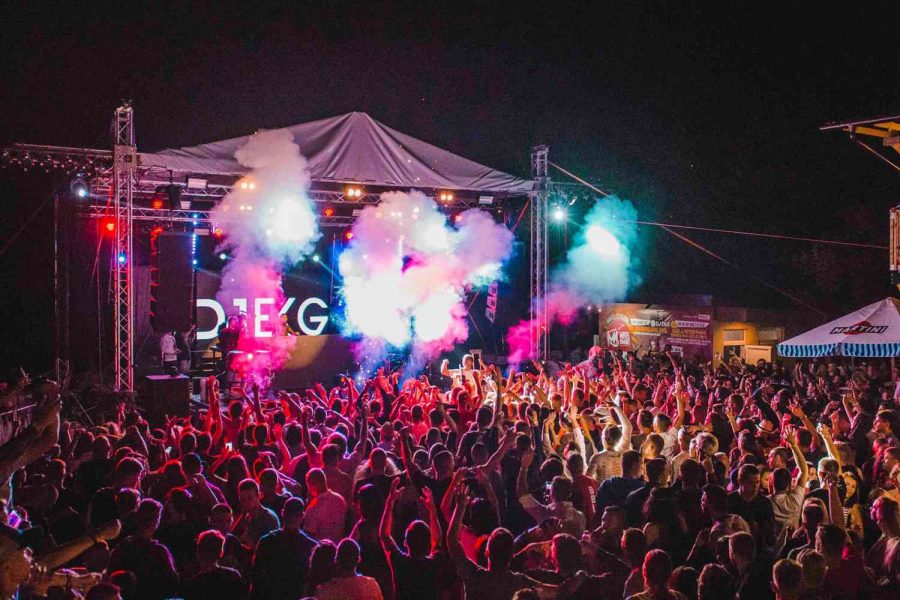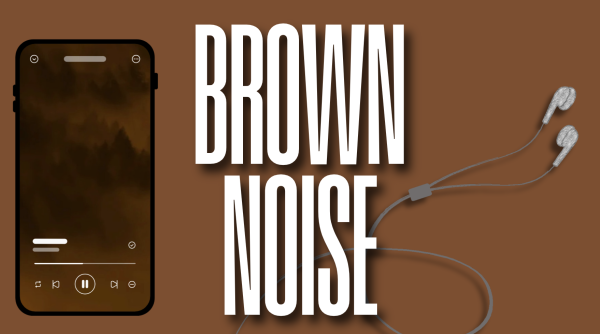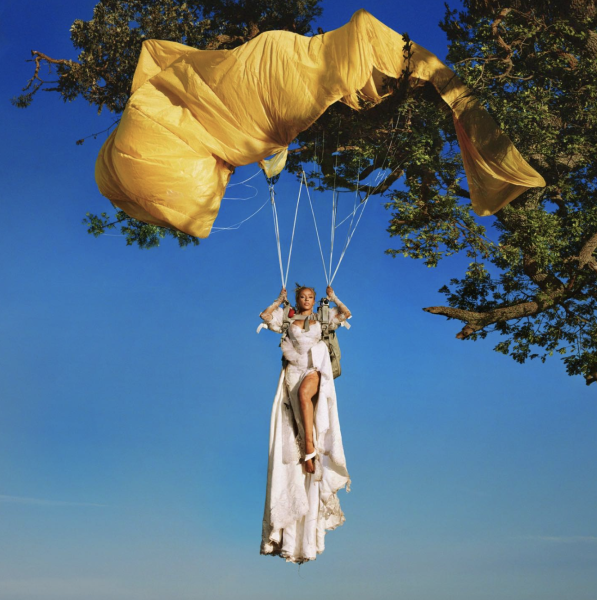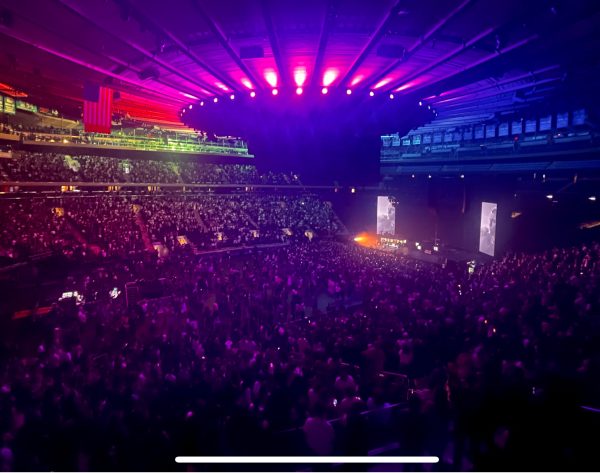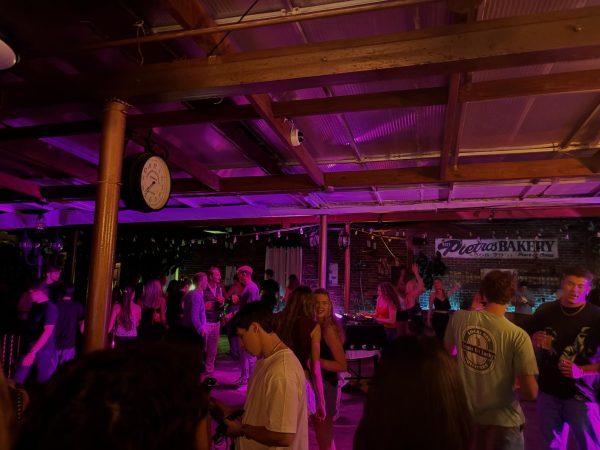Live Music Has a High Tech Future
Live concerts and festivals have been put on pause since the music industry took the show online in early March. While some artists initially tried to push on with their tours, they later had to accept international lockdowns that have lasted months in many places.
These feelings, though, were tinged with a great deal of optimism. Surely this would soon pass, and we’d be back to packing out stadiums and festival grounds by summer.
However, seven months later, summer has come and gone, and the world still doesn’t resemble anything close to normal. Concerts are nothing but a distant memory of what, at this point, feels like an alternate reality. Tour dates that were first pushed to this fall have been further postponed to 2021 in hopes that some semblance of normalcy will return with the new year.
One can only speculate about the future of live music. It seems overly optimistic to think we’ll be able to simply return to the sweaty mosh pits of Coachella by next summer, but it doesn’t seem too unrealistic to think that concerts will return, at least in some form.
Live-streamed concerts have become the norm over the past few months, as this type of content is the easiest and safest way for artists and festival organizers to stay connected with fans. However, there’s no question that the experience of watching a concert on your 13-inch laptop screen fails to compare to the beauty of feeling the vibrations of music beneath your feet in a live venue. Nevertheless, online concerts will most likely continue to be the norm for the foreseeable future, with a slow rise in in-person performances over the next year.
Even when in-person concerts do return, though, it is likely they will still have a virtual element. This not only offers concerned fans an opportunity to safely “attend” concerts, it also has economic benefits for artists and organizers: Online performances allow them to sell more tickets for sold-out physical concerts, and give fans who would otherwise be unable to attend the opportunity to watch shows.
Even in a post-COVID-19 world, live-stream add-ons to concerts and festivals appear to be a viable option to gain touring revenue for artists. Larger streaming services may begin offering subscription add-ons for concerts, music festivals and other events, similar to the pay-per-view model that already exists for UFC, WWE and other high-profile events.
At some point, though, in-person concerts will return, and when they do, they will most likely be far different from the shows we have attended in the past. Concert organizers have already begun testing out new socially-distanced music experiences, with venues around the world experimenting with different formats. In early August, Taiwan hosted their first 10,000 person concert, which did not make room for social distancing but had a mask mandate. While this format may have allowed the same energy we are used to feeling at concerts, it may be unrealistic for concerts in the U.S. to adopt this in the near future as our case count is much higher than Taiwan’s.
A format similar to that of Virgin Money Unity Arena, “the U.K.’s first socially distanced music venue,” may be more practical in the U.S. The outdoor arena created 500 socially-distanced, raised platforms for groups of up to five to enjoy concerts. Although new COVID-19 restrictions forced the venue to shut down, it offers a glimpse into what the future of socially-distanced live music looks like during a pandemic.
Once concert organizers do design a COVID-19-safe music venue, the question of how to actually keep people spaced apart still lingers. Not only does the capacity of venues have to be reduced, so does the density of crowds. This would mean having small crowds spread out in large venues, which dramatically changes the concert experience.
Seating isn’t the only issue, though. Especially at festivals, people are used to moving around and exploring the venue to get food, drinks, merch and more. Socially-distanced seating cannot protect concert-goers once they leave their physical seats, which adds an extra degree of difficulty in planning the return of live shows.
One solution to this may be the addition of new technologies into festival wristbands. Many festivals were already using wristbands to create a cashless experience. Still, in light of the pandemic, they can expand this technology to monitor social distancing and the spread of the virus.
Festival-goers are already used to uploading their personal information, like name, emergency contact and credit card number, to their wristbands. The technology could be added that would require fans also to upload their COVID-19 test results. Wristbands with location markers also could be used for contact tracing in case an outbreak was connected to an event. Even more advanced technology could be used, as some festivals have even begun experimenting with wristbands that vibrate to mark a lack of social distancing or have thermo-scanning elements.
No matter how carefully concerts and festivals are planned, these types of large gatherings are, by nature, potential superspreader events since they involve groups of people standing in close contact for extended periods while singing, drinking and doing other activities that may require them to remove their masks. This makes it unlikely that in-person concerts will return as soon as we hope.
Even though a recent survey shows that over 50% of industry executives believe live music will return in 2021, health experts have suggested that herd immunity must be established for concerts to be able to return safely. The U.S is nowhere near the point of herd immunity, which requires 75% of the population to either has received the vaccine or survived the infection. Since concerts are not essential, experts have advised that they should not be held at least until the middle or end of next year.
Although right now, it may seem like those mud-stained festival sneakers will be sitting in the back of our closets forever, one day concerts will return. And when they do, we’ll appreciate every note, vibration and even every elbow thrown in the mosh pit more than ever before.





































































































































































































